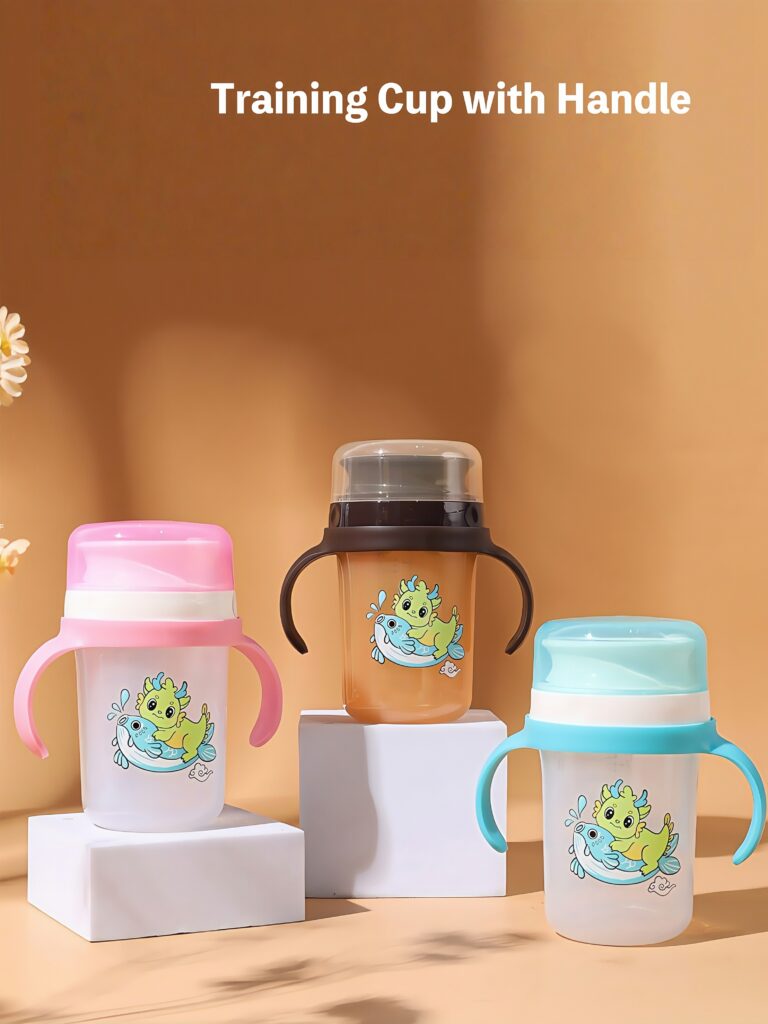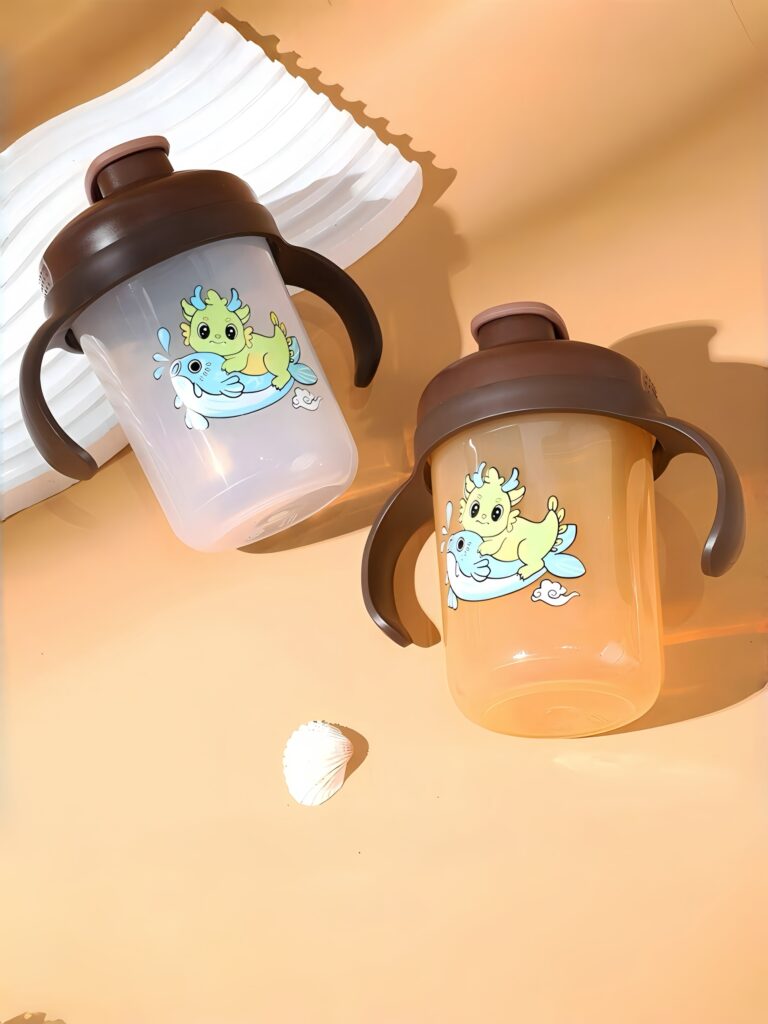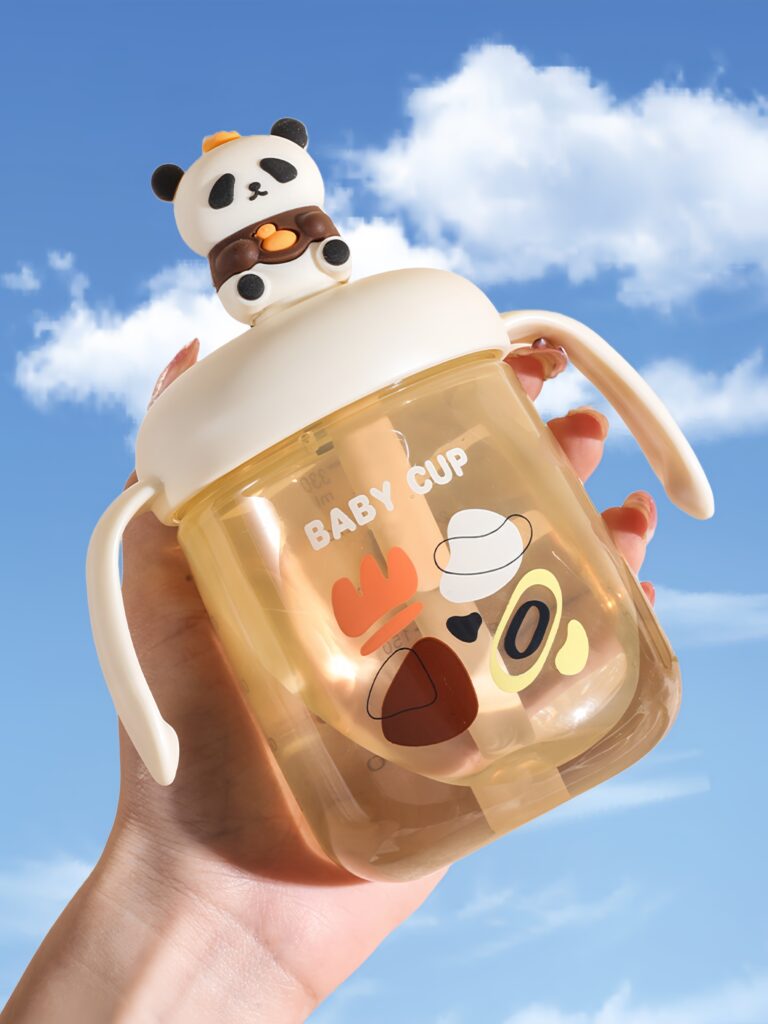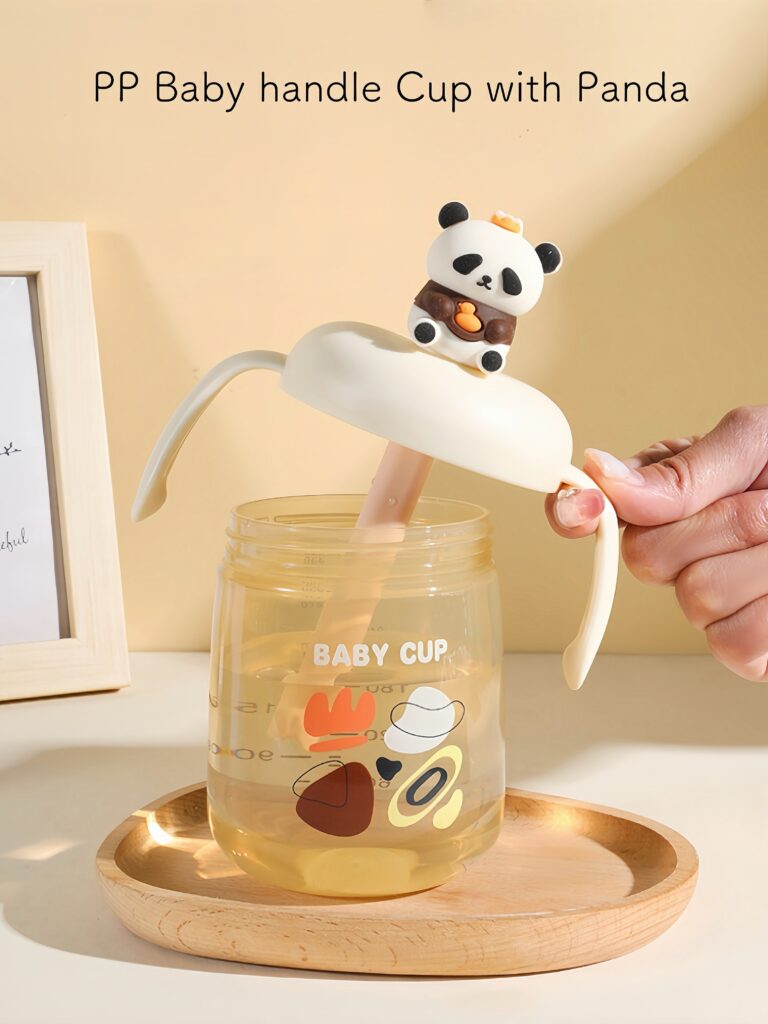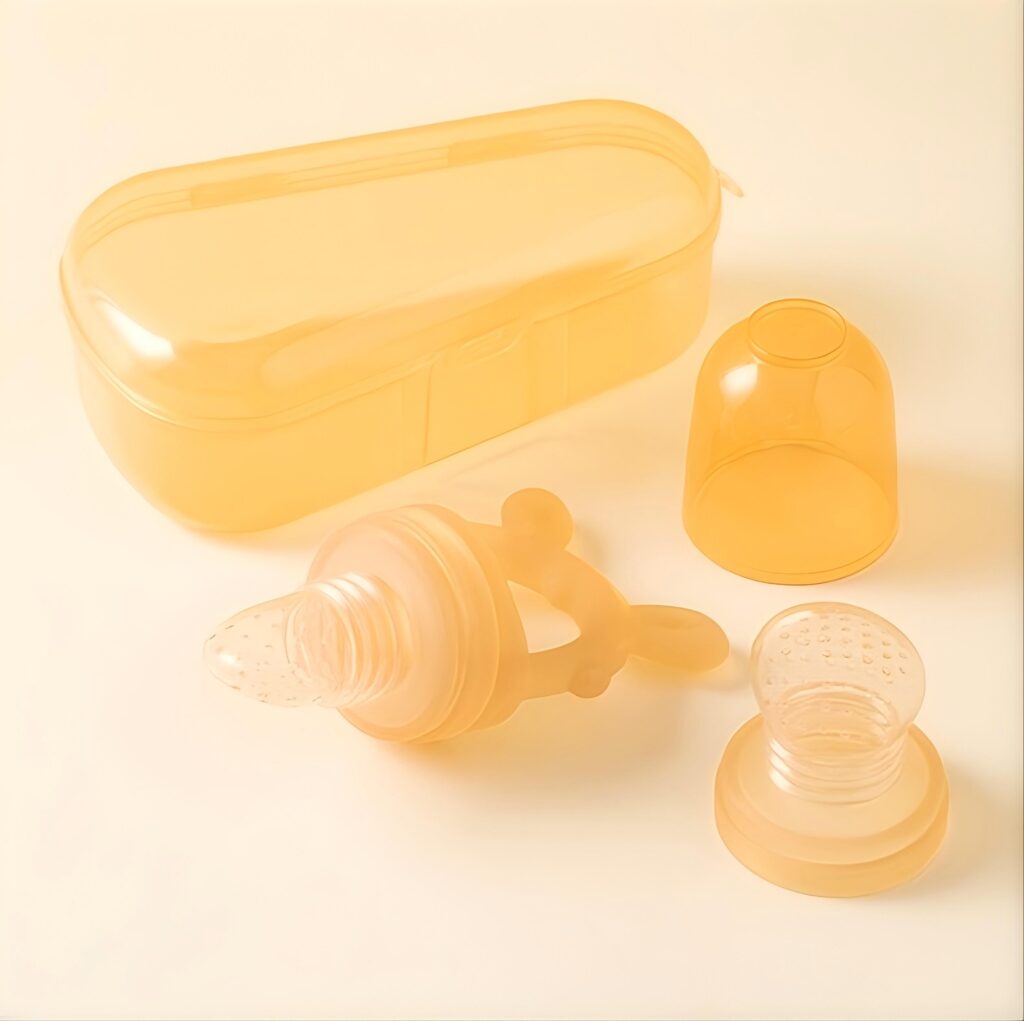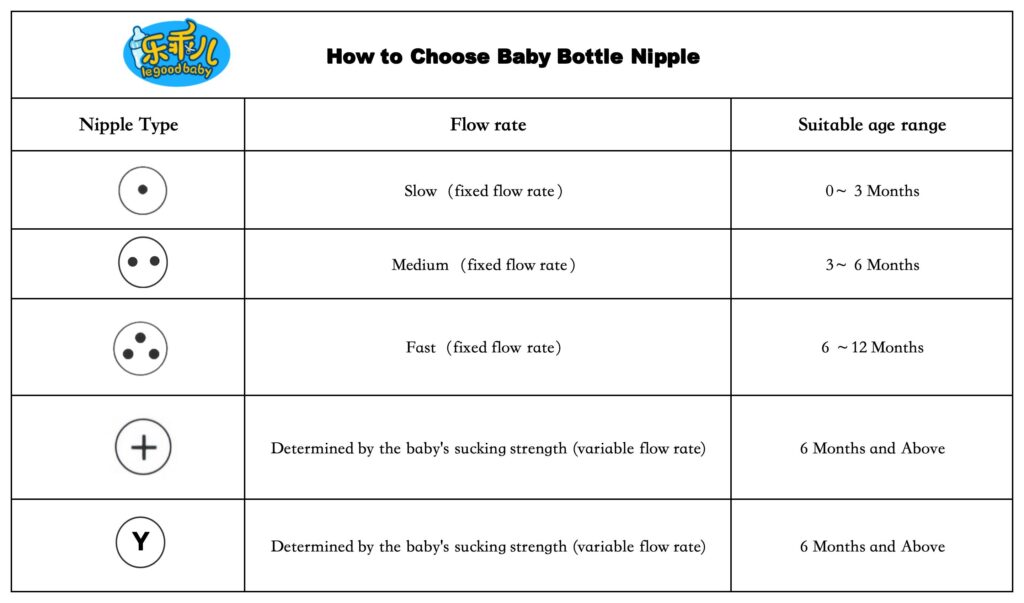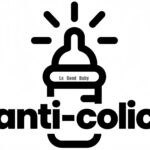Blog
Don’t Buy Just Any Bottle Brush! Choosing the Wrong Material or Using It Incorrectly Makes Bottles Dirtier
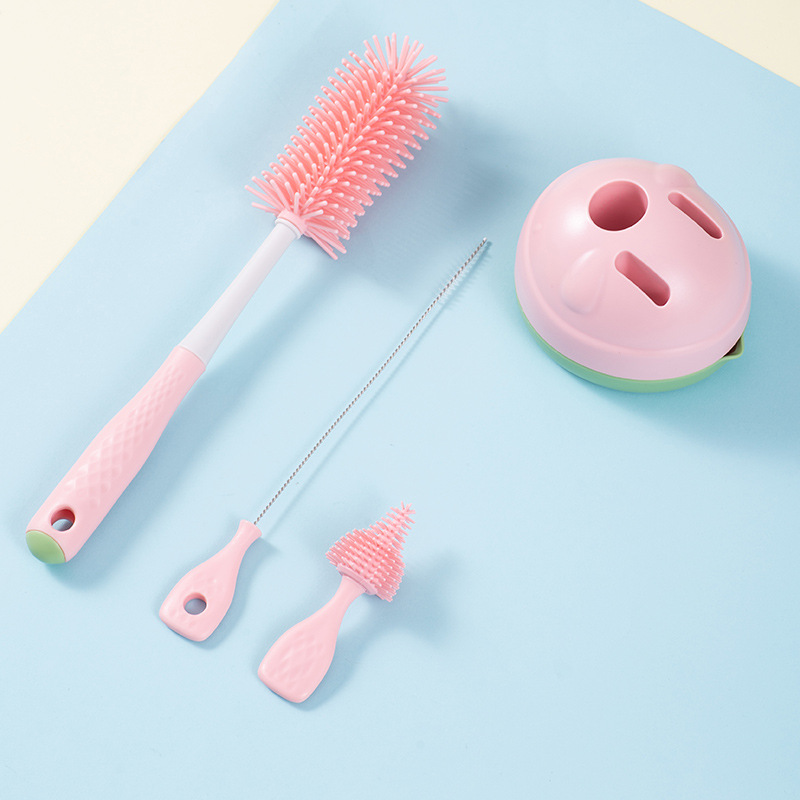
Many parents think "any bottle brush that can scrub is fine," but in reality, choosing the wrong one not only leads to incomplete cleaning but may also damage the bottle and leave behind bacteria.
First, choose the brush head based on the bottle material:
- If you have silicone baby bottles or silicone nipples at home, never use a hard-bristled nylon brush. The hard bristles can scratch the silicone surface, creating tiny scratches that easily trap milk residue and bacteria—these will be ingested by the baby during the next feeding. It’s recommended to choose a silicone bottle brush: soft and elastic, it can clean thoroughly without scratching the silicone.
- For glass bottles, a hard-bristled nylon brush can be used, but pay attention to cleaning hard-to-reach areas—the curved bottom of the bottle, the nipple’s suction holes, and the threaded neck of the bottle all need to be scrubbed carefully to avoid leftover milk residue.
Training Cup with Handle 240ml
Rated 0 out of 5
Flip-top Cup with Handle 240ml
Rated 0 out of 5
Additionally, there are rules for using and replacing bottle brushes:
- After cleaning the bottle each time, rinse the brush head thoroughly and hang it in a ventilated place to dry—do not seal it in an airtight container.
- Even if the bristles aren’t broken, replace the brush after 1-2 months. Mold can grow in the gaps between the bristles, and continuing to use it will contaminate the bottle, turning "cleaning" into "secondary contamination."
Related Posts
Silicone Teethers “Absorbing Odors” Isn’t a Quality Issue! 2 Storage Tips for Safer Use by Babies
Using dummy content or fake information in the Web design process can result in products with unreal...
A Silicone Fruit Feeder Is a “Must-Have” When Used Right – But Risky When Misused! Pay Attention to Food Choices and Usage Methods
Silicone fruit feeders can relieve gum discomfort in teething babies and also allow babies to try so...
Baby’s Milk Choking May Be Due to the Wrong Nipple! Age-Appropriate Flow Rate Is Crucial
When choosing bottles for babies, parents often focus on "material safety" but overlook the "invisib...
Use a Silicone Manual Breast Pump Correctly for Peace of Mind! Breastfeeding Mothers, Avoid These 2 Pitfalls
Silicone manual breast pumps—no need for electricity and compact in size—are a "lifesaver" for breas...

